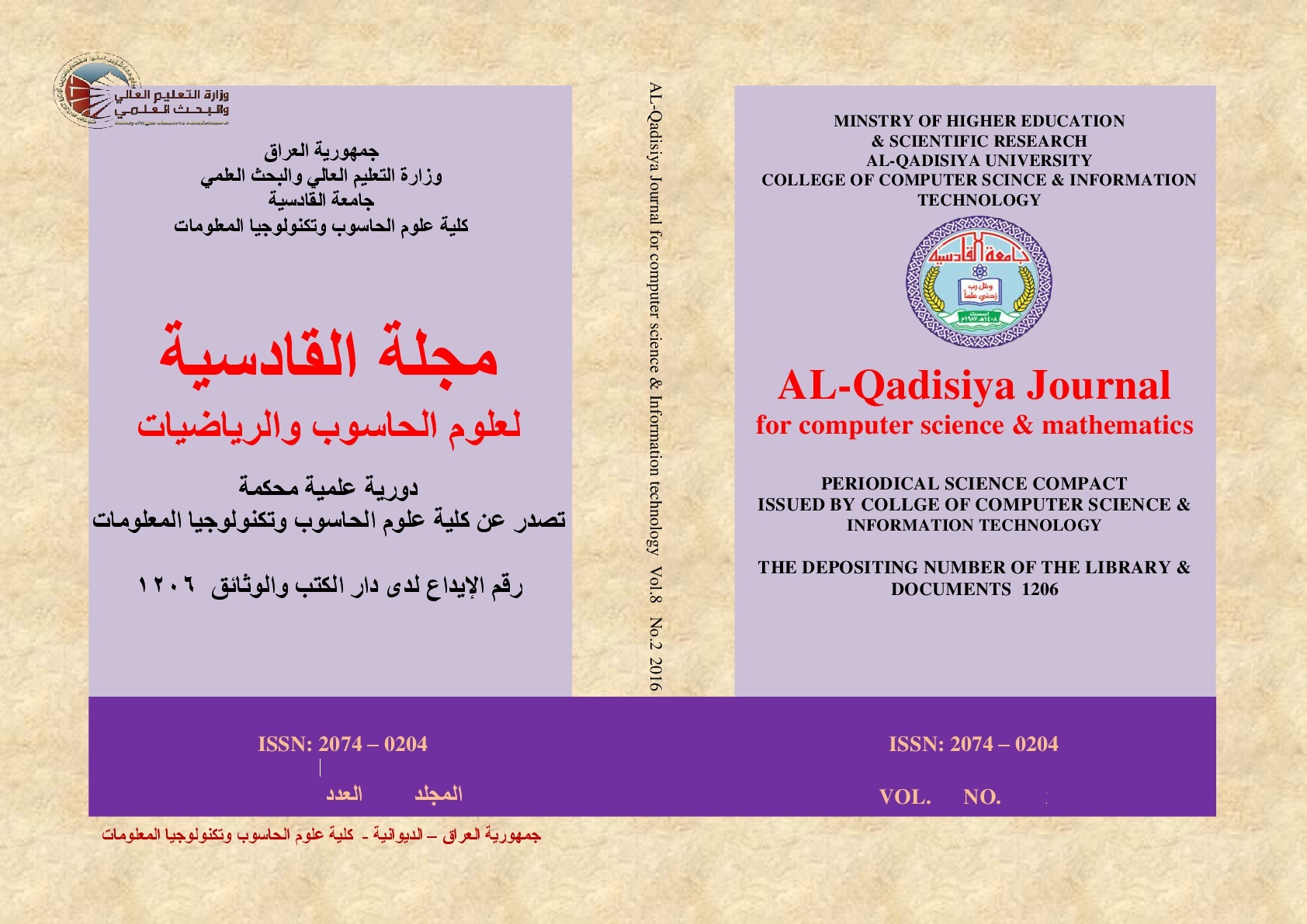Developing a comprehensive methodology for detecting malicious applications on the Android system from start to finish using deep learning
DOI:
https://doi.org/10.29304/jqcsm.2025.17.22188Keywords:
Security, BiLSTM, Deep Learning, Malware DetectionAbstract
The purpose of malware design is to attack computers specifically for data theft operations and system network disruption to gain access to sensitive data. The mobile platform risk increases due to the widespread Android operating system use because its design keeps it open-source by nature. The research demonstrates the use of deep learning composite models for the detection of Android software malware. The proposed method leverages a pre-trained GoogleNet convolutional neural network for feature extraction from malware-related data and employs a deep recurrent BiLSTM network for classification. The MRMR (Minimum Redundancy Maximum Relevance) algorithm enables feature selection in a process that optimizes model classification speed as well as accuracy levels. This detection system addresses three main malware detection obstacles: the analysis of extensive data sets as well as the quick development of complex malware code and its well-camouflaged signatures. The simulation results showed that the model successfully detected various malware types with 99.30% success rate. Research results show that contemporary security threats need complex malware detection systems because conventional antivirus solutions have proven ineffective against new security threats. The constructed AI-based malware detection framework serves as an advanced solution that delivers improved protection for Android devices and their cyber threats.
Downloads
References
E. B. Karbab, M. Debbabi, A. Derhab, D. Mouheb, “MalDozer: Automatic framework for Android malware detection using deep learning,” Digital Investigation, vol. 24, pp. S48–S59, Mar. 2018.
W. Enck, M. Ongtang, P. McDaniel, “Understanding Android Security,” IEEE Security & Privacy, vol. 7, no. 1, pp. 50–57, Jan./Feb. 2009.
J. D. Koli, “RanDroid: Android malware detection using random machine learning classifiers,” in Proc. 2018 Technologies for Smart‑City Energy Security and Power (ICSESP), pp. 1–6, Mar. 28, 2018.
S. Alam, S. Pandey, S. Raut, “A Comprehensive Review on Android Malware Detection Techniques,” Journal of Cyber Security & Mobility, vol. 10, no. 2, pp. 157–180, 2021.
S. Arshad, S. Suhail, W. Haider, “Android Malware Detection & Prevention: State of the Art & Future Directions,” ACM Computing Surveys, vol. 51, no. 4, pp. 1–35, 2018.
J. D. Koli, “RanDroid: Android malware detection using random machine learning classifiers,” in Proc. 2018 Technologies for Smart‑City Energy Security and Power (ICSESP), pp. 1–6, Mar. 28, 2018.
Z. Yuan, Y. Lu, Y. Xue, “DroidDetector: Android Malware Characterization & Detection Using Deep Learning,” Tsinghua Science & Technology, vol. 21, no. 1, pp. 114–123, Feb. 2016.
Alam, S., Pandey, S., & Raut, S. (2021). "A Comprehensive Review on Android Malware Detection Techniques". Journal of Cyber Security & Mobility, 10(2), 157-180.
Sahs, J., & Khan, L. (2012). "A Machine Learning Approach to Android Malware Detection". Proceedings of the 10th International Conference on Data Mining, IEEE.
Enck, W., Ongtang, M., & McDaniel, P. (2009). "Understanding Android Security". IEEE Security & Privacy, 7(1), 50-57.
Rastogi, V., Chen, Y., & Jiang, X. (2013). "DroidChameleon: Evaluating Android Anti-Malware Against Transformation Attacks". Proceedings of the 8th ACM Symposium on Information, Computer & Communications Security.
Suarez-Tangil, G., Dash, S. K., & Tapiador, J. E. (2018). "DroidSieve: Fast & Accurate Classification of Obfuscated Android Malware". IEEE Transactions on Information Forensics & Security, 13(7), 1745-1759.
Yuan, Z., Lu, Y., & Xue, Y. (2016). "DroidDetector: Android Malware Characterization & Detection Using Deep Learning". Tsinghua Science & Technology, 21(1), 114-123.
Szegedy, C., Liu, W., Jia, Y., et al. (2015). "Going Deeper with Convolutions". Proceedings of the IEEE Conference on Computer Vision & Pattern Recognition (CVPR), 1-9.
Christian Szegedy, et al. (2014). "GoogLeNet: Inception Deep Learning Model". ArXiv preprint arXiv:1409.4842.
He, K., Zhang, X., Ren, S., & Sun, J. (2016). "Deep Residual Learning for Image Recognition". IEEE Transactions on Pattern Analysis & Machine Intelligence, 39(3), 589-605.
Krizhevsky, A., Sutskever, I., & Hinton, G. (2012). "ImageNet Classification with Deep Convolutional Neural Networks". Neural Information Processing Systems (NeurIPS), 1097-1105.
Hochreiter, S., & Schmidhuber, J. (1997). "Long Short-Term Memory". Neural Computation, 9(8), 1735–1780.
Gers, F. A., Schmidhuber, J., & Cummins, F. (2000). "Learning to Forget: Continual Prediction with LSTM". Neural Computation, 12(10), 2451–2471.
Graves, A., Mohamed, A., & Hinton, G. (2013). "Speech Recognition with Deep Recurrent Neural Networks". IEEE International Conference on Acoustics, Speech and Signal Processing (ICASSP), 6645–6649.
Schuster, M., & Paliwal, K. K. (1997). "Bidirectional Recurrent Neural Networks". IEEE Transactions on Signal Processing, 45(11), 2673–2681.
Downloads
Published
How to Cite
Issue
Section
License
Copyright (c) 2025 Haider Tawfiq Athab

This work is licensed under a Creative Commons Attribution-NonCommercial-NoDerivatives 4.0 International License.













